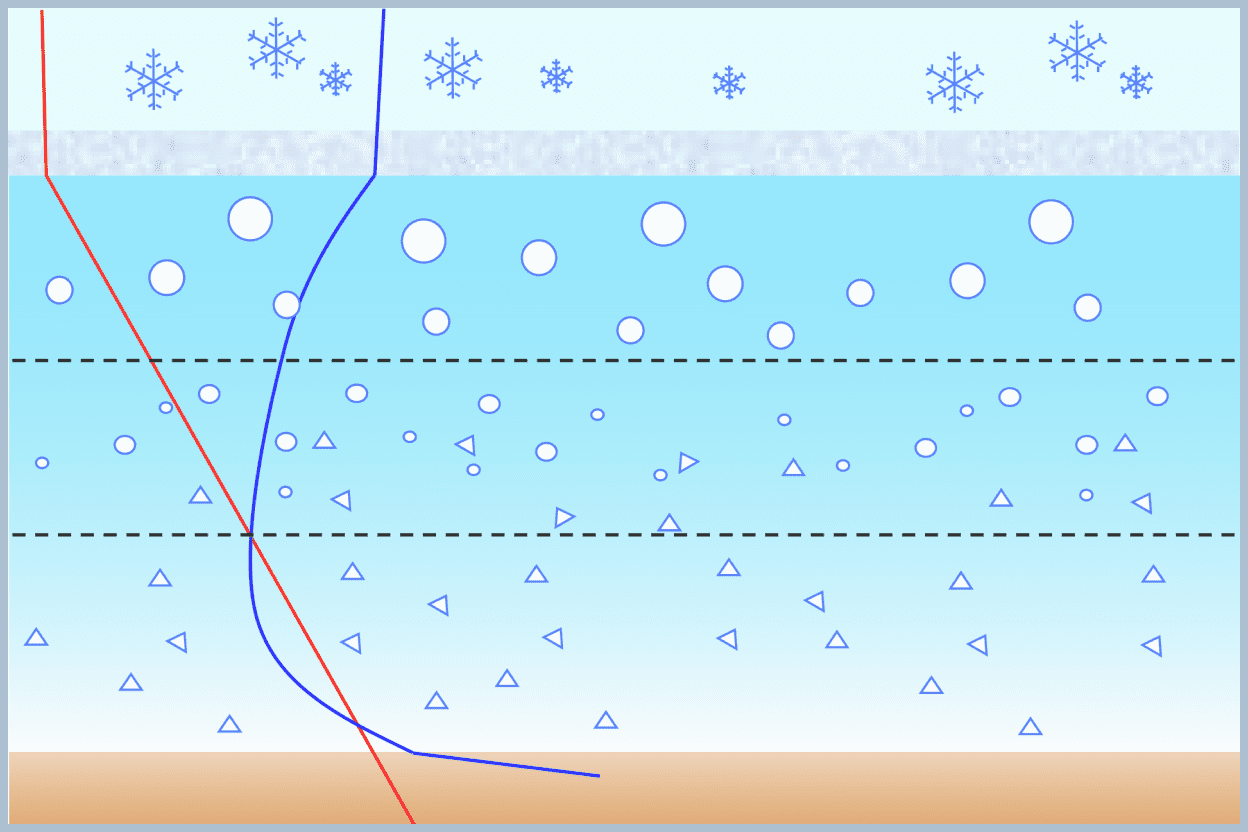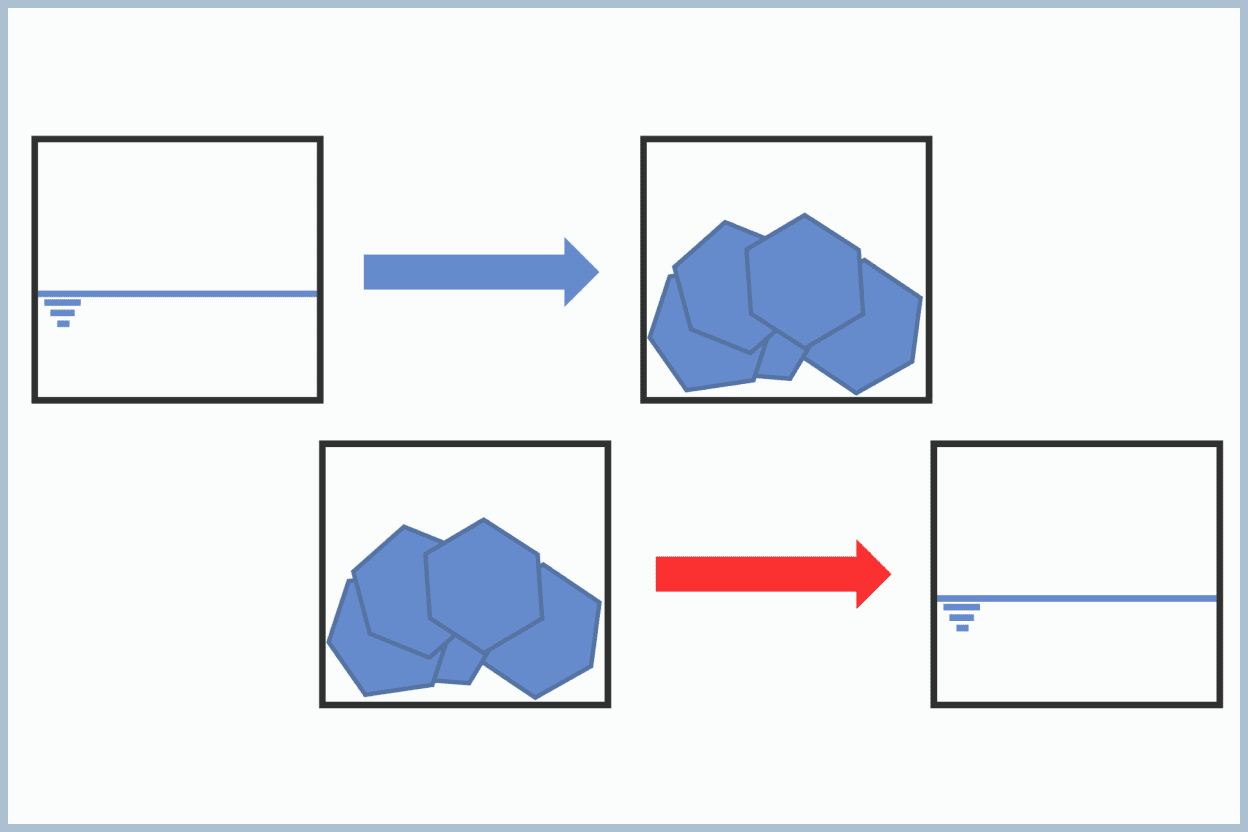Current Research

-
K. Kamochi, A. Tripathi, M. Taoka, R. Ohmura, K. Yasuda,
J. Chem. Thermodyn., 2022, 175, 106886 -
A. Gibo, S. Nakao, S. Shiraishi, S. Takeya, S. Tomura, R. Ohmura, K. Yasuda,
Desalination, 2022, 539, 115937 -
M. Tanaka, K. Tsugane, D. Suga, S. Tomura, R. Ohmura, K. Yasuda,
ACS Sustainable Chem. Eng., 2021, 9, 9078–9084 -
R. Nakane, Y. Shimosato, E. Gima, R. Ohmura, I. Senaha, K. Yasuda,
J. Chem. Thermodyn., 2021, 152, 106276 -
R. Nakane, E. Gima, R. Ohmura, I. Senaha, K. Yasuda,
J. Chem. Thermodyn., 2019, 130, 192–197 -
M. Maruyama, S. Tomura, K. Yasuda, R. Ohmura,
J. Clean Prod., 2023, 385, 135425
Seawater Desalination/Salt Production
The world is facing a water shortage due to population growth and industrial development. This issue is particularly severe in regions such as the Middle East and North Africa. Even in Okinawa Prefecture, water shortages are common, especially in remote island areas. Therefore, technology development for desalinating seawater, which accounts for 97.5 % of the water on Earth, has long been pursued.
Hydrates are known to have the characteristics of not incorporating salt into their crystal structure, making them usable for desalination of seawater. In our group, we are developing a technology that separates seawater into fresh water and salt by forming and decomposing hydrates, thus simultaneously performing seawater desalination and salt production. The operation of these two technologies simultaneously is expected to have advantages in terms of energy and cost-effectiveness.
This seawater desalination/salt production technology is a globally applicable technology that contributes to solving regional issues such as the alleviation of freshwater shortage in remote island areas and the improvement of salt production efficiency as an industry.
Carbon Dioxide Capture and Sequestration
Renewable energy is being increasingly utilized towards achieving a carbon-neutral society, but fossil fuels are still widely used as a source of energy for humanity. By capturing and storing the carbon dioxide produced from the consumption of fossil fuels, it is possible to reduce the impact on global warming by suppressing its emission into the atmosphere.
Hydrates have the characteristics of "preferentially incorporating certain components when formed from mixed gases", and by reacting exhaust gases with water to produce hydrates, gas with a high concentration of carbon dioxide can be obtained by decomposing the hydrates. By storing this gas, it is possible to reduce the emission of carbon dioxide into the atmosphere. This technology is expected to be effective in large carbon dioxide emission sources such as thermal power plants and steel mills, which are often located along the coast and require a large amount of water. We are performing research on technology that combines carbon dioxide separation and seawater desalination.

Physical Chemistry/Thermodynamics of Clathrate Hydrates
Hydrate formation and decomposition occur in a complex state where gas, liquid, and solid are mixed because many guests are insoluble in water. Therefore, to understand the phenomena that occur in the hydrate forming system, it is necessary to understand physical chemistry and thermodynamics in multiphase multicomponent systems. From a physical chemistry perspective, information on how the arrangement of molecules in the hydrate changes depending on the guest determines the physical properties of the hydrate. In addition, by introducing thermodynamics, experimental information on the conditions for hydrate formation and decomposition can be linked with theory.
In our group, we are performing research to understand the physical chemistry and thermodynamics of hydrates. Although it is fundamental science, we expect that by continuing such research, hydrate-related technologies will spread even further in the future.

Cooling of Hybrid Vehicle Batteries
To reduce the emission of carbon dioxide, a greenhouse gas, into the atmosphere in the transportation sector, the promotion of electric cars and hybrid cars, equipped with batteries and motors in addition to engines, is being advanced. To operate these cars, which use batteries for energy storage instead of gasoline, efficiently and safely, battery temperature management is crucial. Temperature management can prevent thermal runaway and increase energy efficiency, especially in hot weather.
We are performing research on the heat transfer characteristics of a mist jet cooling mechanism for batteries during the operation of the engine in a hybrid car. This mechanism can effectively cool the battery without increasing costs by using a combination of existing components.
Laboratory Experiments
We perform laboratory experiments using hydrates in Laboratory Experiments in Energy and Environment Engineering I (mandatory in the second semester of the second year) and II (mandatory in the first semester of the third year). The subject is updated every two years.
So far, we have performed experiments on the observation of TBAB hydrate crystal growth (from the second semester of 2018 to the first semester of 2020) and the formation of carbon dioxide hydrate (from the second semester of 2020 to the first semester of 2022). Currently, we are performing an experiment on the separation of carbon dioxide by hydrate formation (from the second semester of 2022).
Research and development are being conducted for the use of hydrates in many technologies related to energy and the environment, and it is possible to generate them in about 90 minutes, equivalent to a single university lecture. Water is of course a suitable material, and there are many other readily available substances. Therefore, we believe that hydrates are a suitable theme for student experiments in the coming age. We will publish the text actually used for the academic paper on the observation of TBAB hydrate crystal growth.
Past Research

Natural Gas Transportation and Storage
Natural gas is predicted to see an increase in usage due to its lower carbon dioxide emissions compared to coal and oil. However, one drawback is that, in its standard state as a gas, it does not have a high energy density per volume.
Japan imports natural gas in the form of Liquefied Natural Gas (LNG). While LNG has a density 600 times greater than its gaseous form, the facilities required for its production, transportation, and storage must be made of materials that can withstand its extremely low temperature.
An alternative method for transporting and storing natural gas is through Natural Gas Hydrates (NGH). Although the density of NGH is only about 160 times greater than that of gaseous natural gas, it can be stored at relatively higher temperatures. We have been performing research to measure the formation and decomposition conditions of hydrates under the conditions required for storing NGH.

Alcohol Hydrates
Generally, the guest compounds in hydrates are hydrophobic, meaning they do not dissolve well in water. This is because the inclusion of hydrophobic guest molecules in the hydrate cages stabilizes the crystal structure. For many years, it has been believed that hydrophilic compounds, such as alcohols, which dissolve well in water, do not become guests in hydrates. In particular, small alcohols like ethanol and propanol have been considered inhibitors of hydrate formation.
We have found that ethanol and propanol can become guests in hydrates along with methane. This finding not only impacts the use of alcohols as hydrate formation inhibitors but also presents an interesting phenomenon from a physicochemical perspective, as it raises the question of how water molecules that make up the hydrate cages interact with hydrophilic substances when they become guests.

Air Hydrates in Ice Sheets
Understanding past climate changes on Earth is crucial when discussing global warming. Since humans began performing meteorological observations in their current form around the 19th century, it is necessary to reconstruct climate changes prior to that time from traces left on the planet. One such method involves using ice sheets found in Antarctica and Greenland. In these regions, snow that accumulates during winter does not melt in the summer, and each year's snowfall forms layers of ice. This creates ice sheets, with an average thickness of 2,500 meters in Antarctica. When snow is compressed into ice, it traps the surrounding atmosphere. As a result, ancient air is enclosed within the ice sheets, and analyzing it can reveal the climate of that time. This analysis has uncovered climate data going back about 700,000 years. Components of the air, such as nitrogen, oxygen, argon, and carbon dioxide, can all become guests in hydrates. Therefore, air hydrates are formed in the deep parts of the ice sheets as the trapped air reacts with the surrounding ice. This affects the analysis of past climate changes.
We have been performing research to measure the conditions under which air hydrates form and to investigate the correspondence between the actual distribution of air hydrates in ice sheets and the measured conditions.
Refrigerant for Air Conditioning and Refrigeration Systems
Hydrate formation is an exothermic reaction that releases heat to the surroundings, while hydrate decomposition is an endothermic reaction that absorbs heat from the surroundings. These reactions are being considered for use in air conditioning systems and refrigeration units by employing hydrates as working media. Since the conditions for hydrate formation and decomposition vary depending on the guest compounds, it is possible to create hydrates that form and decompose under suitable conditions for air conditioning and refrigeration systems by selecting the appropriate guest.
So far, we have performed research on measuring the formation and decomposition conditions for finding suitable guests, as well as on hydrates with alcohol guests suitable for refrigeration units operating at temperatures lower than those of conventional freezers.
![[object Object]](/kyasuda/assets/img/common/logo_en.svg)




